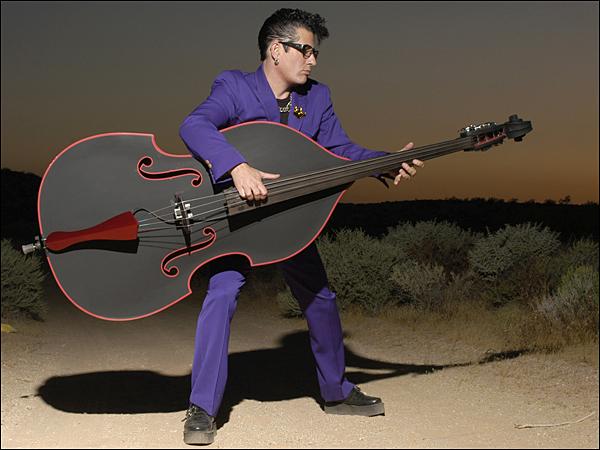3 Things You Can Do to Get Bigger, Better Bass

I always suggest that my custom install clients purchase the best subwoofer they can afford, as a sub that plays both lower and louder without distorting raises the performance of the entire speaker system. This is especially true when using bass-shy small speakers and when the bass management in an AV receiver (AVR) or preamp is routing low-frequency signals from other channels to the sub. While a center speaker might be the most important speaker in your system, the sub delivers the most impact.
Here are three things you can do to make sure your system is all about that bass, and I guarantee it will have your audio sounding better than ever!
1. Add a Second Sub
Many receivers now include a second sub output, typically feeding the same mono ".1"
subwoofer signal to both jacks. Whether you use this or a simple Y adapter to connect a
second sub, you'll gain more than some extra bass volume. The real benefit of adding an
additional sub is smoother bass response across a wider range of seating positions. Properly installed, two subs help reduce boomy peaks and bass suck-out locations that occur in every room.
I recently added a second Def Tech SuperCube 8000 in my theater. The bass is not only more even, it has more depth and presence, even at lower listening levels. In more sophisticated AVRs, room correction technologies like Audyssey’s MultEQ XT32 can calibrate for dual-sub installs by first measuring each sub independently, applying delay and level settings so the two subs are time- and level-aligned, and then measuring them together as “one” to create the appropriate room correction.
2. Go Wide—Housewide
Many distributed audio systems use in-wall or in-ceiling speakers throughout the house, and while these are visually discreet, they often don’t offer much bass output. Even if you start with a quality speaker, many times it is underpowered, robbed of potential bass performance and dynamics. The solution is adding a sub; you won’t believe how good your in-wall/ceiling speakers will sound when they have some real low end backing them up!
While there are a variety of great in-wall/ceiling subwoofers, these are typically passive designs that require outboard amplification and can easily cost $1,000 or more. Adding a compact sub that accepts high-level speaker wire inputs (such as GoldenEar Technology's Force Field 3) is a far cheaper solution. This way, the sub amplifies the signal for its own use, and the high-pass crossover and volume control ensures you can blend the bass to match the acoustics of the room and the performance of your speakers.
3. Go Big
You can also improve your bottom end by going with speakers that have larger bass drivers. This is especially true for distributed audio systems using in-ceiling speakers that often have 5.25- or 6.5-inch woofers that would be hard-pressed to make Barry White sound like, well, Barry White. People often shy away from larger speakers because of cosmetics, but many manufacturers have gone to bezel-less grille designs, making the speakers appear smaller. Even better, relative newcomer, Origin Acoustics found a way to put larger drivers in smaller spaces, with 10-inch drivers that fit in traditional 8-inch cutouts and 8-inch drivers that fit in other manufacturers’ 6.5-inch holes. I recently upgraded to some Origin 10-inch models in my home, and the results are incredibly impressive, with bass notes that I can actually feel, bringing real weight and
presence to every music genre.
See Sound & Vision’s Top Subwoofer Picks here.





























































